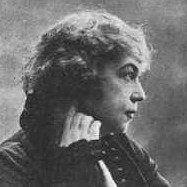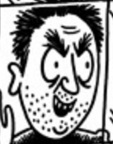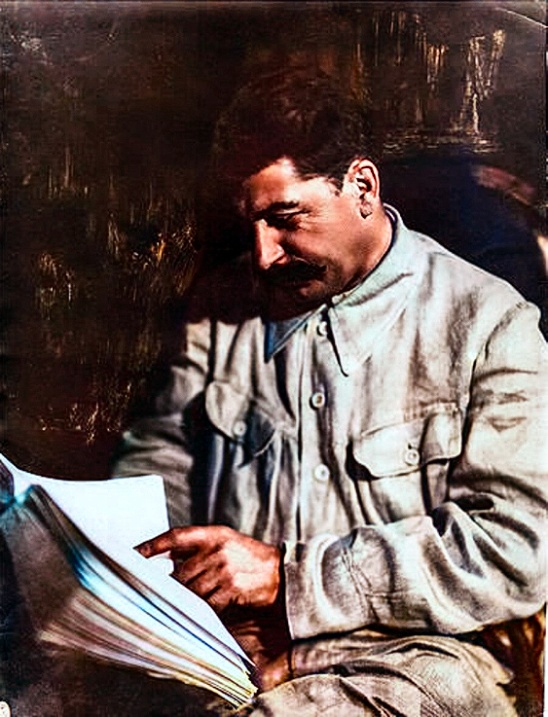

The long-rumored snuggle session…


The long-rumored snuggle session…


They clearly didn’t evolve to live in the environment they do now, but they do seem to be getting along okay using that beak to pick whatever they want out of rubbish bins.


username checks out


lol nice imitation of the style
is what I would say if I hadnt just looked it up and found it’s a quote


I regret to inform you that showerheads are woke


I think this is funny


I like the CV Project app because it gives me a sentence to speak, records me speaking it, replays my words for me to hear, and ultimately contributes to open data sets of speech.
Doesn’t tell you how to voice train but might be good for practise once you know the tricks?


Well yeah of course? I mean there’s a much smaller time gap between now and 2017 than there is between 2017 and fucking 2009 lol
*checks calculator*
kill me


many such cases


Was Jan 6 an inside job?
It was an inside job as they were inside the capitol building…


drinks are fascist
Bird ID top left to bottom right:
Kererū: Big pigeon that mates for life, nests in trees, and feeds on berries. They are the only bird that can eat certain large berries so they are important for the ecosystem. They crash through trees and have a distinctive flapping sound, but are otherwise quiet. Internationally, they are known for getting drunk and falling out of trees. Their decreasing numbers were a mild concern in the mid-1900s, but they are now slowly rising again. Common in certain areas, but hard to find despite its size because it is silent when it stays put.
Moa: Enormous bird that is now extinct due to being hunted by Māori for its meat. We don’t know much about it, but it likely would have had a deep, booming call.
Bellbird (??)/Korimako (??): Small bird with a distinctive, varied, warbling call often heard early in the morning around the country.
Little penguin/Kororā: The name isn’t lying, this is the world’s smallest penguin. It nests in rocks by the ocean. Occasionally seen in the south of the South Island, contact is not advised as they are easily disturbed by humans.
Kiwi: New Zealand’s national icon, used as a denonym for European settlers and featured on the $1 coin. This flightless bird is really only seen in captivity in zoos around the country, where it is kept in extremely very dark locations. It lays enormous eggs that are almost as big as the bird itself, and has a long beak useful for eating bugs and grubs from the forest floor.
Takahē: An extremely endangered flightless bird that is now only present in captivity or sanctuaries as a result of it and its eggs being targeted by rodents. It only breeds in highly specific situations (but still not as specific as Kakapo, whose numbers are even more limited).
The last one is hard to identify but looks like some form of parrot. Could be Kakapo, but possibly Kākā or Kea?
The reason New Zealand has so many specialised birds is because, until the arrival of Māori and later, Europeans, there were no ground-dwelling mammals. As such, many unique birds evolved to take on roles in the ecosystem that would otherwise be filled by mammals. Without needing to worry about stoats and rats, birds like Kiwi and Pukeko were free to roam on the forest floor and just lay their eggs there, and lost the ability to fly. They haven’t been able to cope after these mammals were reintroduced: The Polynesian Dog, introduced by Māori, posed a problem, but the pests brought by Europeans were a lot worse. Many birds have gone extinct due to being hunted by humans, like Huia and Moa, or by animals, but conservation efforts are quite thorough for the remaining bird species, so hopefully we do not lose any more.


Explaining laws to americans: it’s like when car


i hate that this would literally work


Ha ha ha ha ha ha ha ha ha ha ha ha
this looks like one of those old ai generations that thinks more saturation = more good